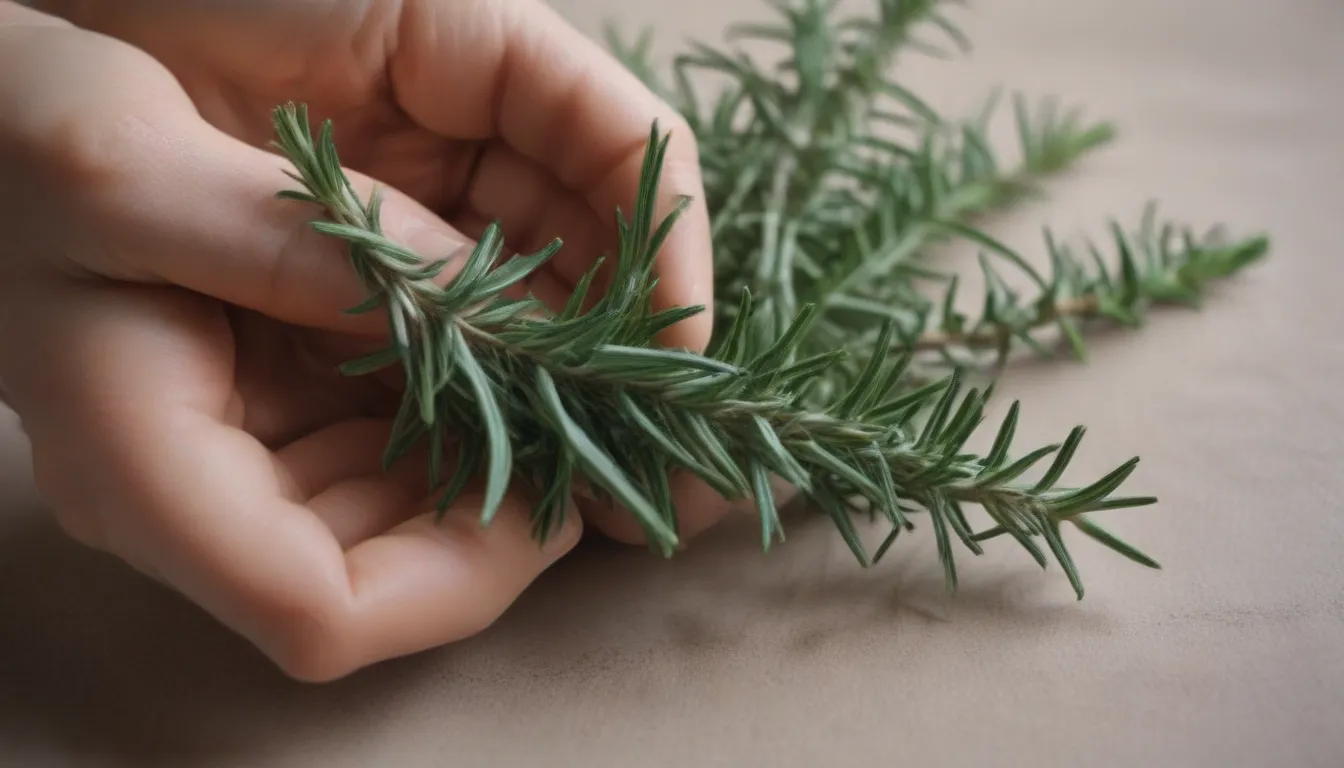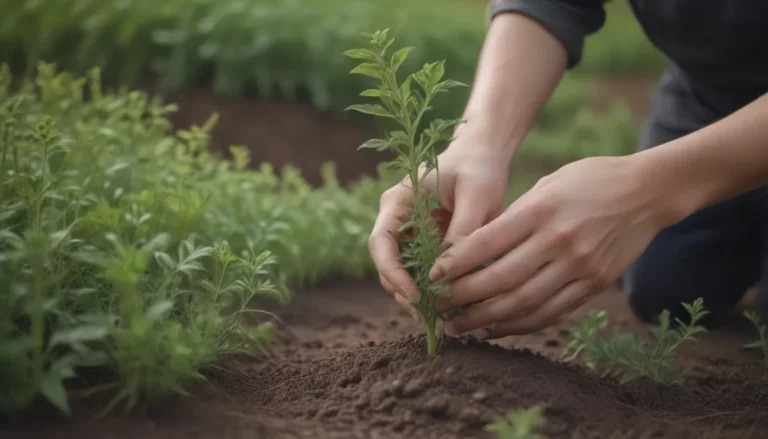The Ultimate Guide on How to Propagate Rosemary

If you’re a fan of fresh herbs and want to keep your rosemary plants thriving year after year, then propagating them is the way to go. Rosemary, also known as Salvia rosmarinus, is a perennial herb with aromatic, needle-like leaves that is a must-have in any herb garden. In this guide, we will walk you through the steps on how to successfully propagate rosemary so you can always have a fresh supply of this flavorful herb at your fingertips.
Why Propagate Rosemary?
Before we dive into the process of propagating rosemary, let’s take a moment to understand why it’s beneficial to do so. Propagating rosemary allows you to expand your herb garden without having to spend a lot of money on new plants. It also gives you the opportunity to continue growing your favorite varieties of rosemary, ensuring that you always have access to the flavors and aromas that you love.
Step-by-Step Guide to Propagating Rosemary
Take Cuttings
The first step in propagating rosemary is to take cuttings from a mature plant. Look for new tender growth as this roots most easily. Avoid woody cuttings as they won’t grow roots. Cut the stems to be 3 to 6 inches in length, just below a leaf node. Shorter cuttings with greener stems tend to have a higher success rate than longer semi-hardwood cuttings. Remove the bottom needles, leaving three to five sets at the top of the stem.
Fill a Container
Fill a container with moistened sand or a soilless potting mix. Create deep, narrow holes in the medium to place your cuttings. Propagating several cuttings at a time increases your chances of success.
Treat with Rooting Hormone
Moisten the bottom of the cutting and dip it in rooting hormone. Shake off any excess and make sure the rooting hormone remains intact on the lower stems of the cutting.
Place Cuttings in Planting Holes
Insert the cuttings into the planting holes, ensuring that the needles sit above the potting medium. If you are using one container for multiple cuttings, space them 3 to 4 inches apart. Gently firm the medium around each stem to keep them upright.
Cover Pots With Plastic
Cover the pots with large plastic bags to create a greenhouse effect. This will provide increased moisture and humidity to encourage root growth.
Provide Indirect Light and Warm Temperatures
Rosemary cuttings require plenty of bright, indirect light and warm temperatures around 70°F. Keep the soil moist but not soggy and remove the plastic covering for an hour every day to increase air circulation. Grow lights or fluorescent lights can be used for indoor growing.
Check For Roots
Be patient as rosemary cuttings can take up to eight weeks to form roots. Start checking for roots around four weeks after planting by gently tugging on the cutting. If you feel resistance, roots are growing. If the upper needles turn brown, dry, and drop, the cutting has failed.
Water Propagation
In addition to propagating rosemary in soil, you can also root cuttings in water. Take 3- to 6-inch softwood stem cuttings in summer and place them in a glass of clear, clean water with four to five sets of needles above the water level. Change the water every few days and wait for the cuttings to produce roots in two to six weeks.
Transplanting
Once your rosemary cuttings have produced roots and new growth, they can be transplanted into individual containers or into the garden. Make sure to wait until all danger of frost has passed before transplanting them outdoors. Rosemary plants prefer sunny locations with well-draining soil.
Tips for Success
Here are some additional tips to ensure your rosemary propagation is successful:
- Take cuttings during the growing season when the plant is producing new softwood growth.
- Use a well-draining planting medium such as a cactus mix or potting mix with added sand, grit, perlite, or vermiculite.
- Avoid overwatering and choose containers that allow excess water to drain.
- Propagate multiple cuttings at once to increase your chances of success.
Conclusion
Propagating rosemary is a cost-effective way to expand your herb garden and ensure a fresh supply of this aromatic herb year-round. By following these steps and tips, you’ll be able to successfully propagate your rosemary plants and enjoy the flavors and aromas they provide. Happy propagating!





